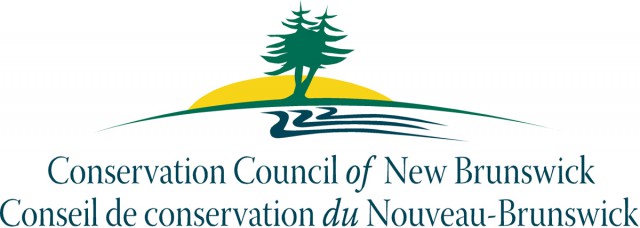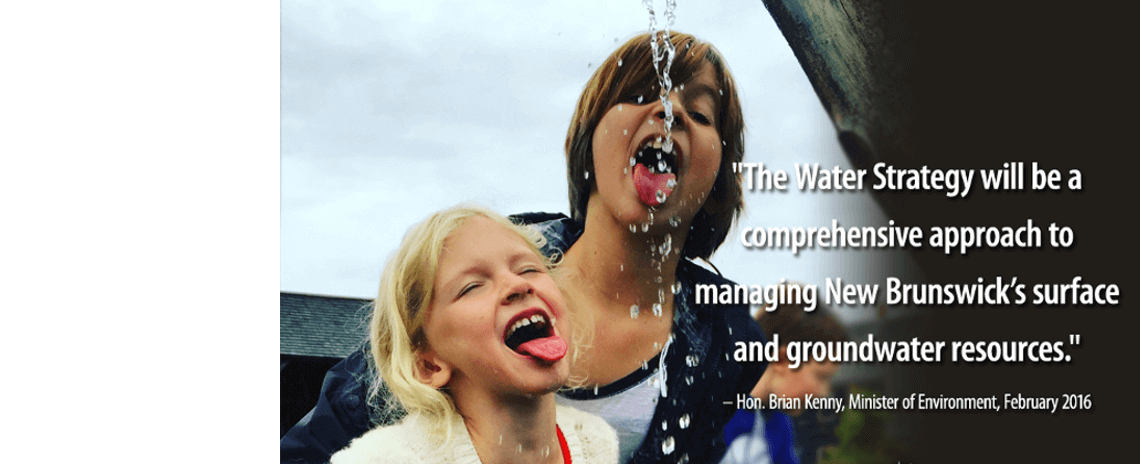
Attention News Editors: Lois Corbett, Executive Director of the Conservation Council of New Brunswick, issued the following statement about the Department of Environment and Local Government’s Discussion Paper, Working Together to Build a Water Strategy for New Brunswick, released today. She is available for comment.
“Environment Minister Brian Kenny gives us an excellent foundation for a progressive water protection strategy in the discussion paper released today.
Minister Kenny provides a clear outline of the government’s commitments to New Brunswickers, stating:“The Water Strategy will be a comprehensive approach to managing New Brunswick’s surface and groundwater resources to ensure quality and availability for people, nature and the economy, now and into the future.”
Minister Kenny commits to ensuring that the water protection strategy will be comprehensive, will address surface water and groundwater, that government will consult with First Nations and citizens, and that the strategy includes water for nature’s use as well as for people and businesses.
CCNB recently completed a review of water protection strategies in nine Canadian provinces and two territories. We believe a comprehensive water protection strategy for New Brunswick will:
- be science-based, involving baseline data, cumulative impacts, e-flows (the minimum amount of water required to sustain aquatic life in rivers and streams), and be tailored to each of the 13 watersheds in N.B.
- set goals for water quality objectives
- be enforceable with a modern legal framework
- be transparent, involving consultations with First Nations and citizens
- be accountable, involving monitoring and regular reporting to the public on the progress of goals and objectives outlined in the water protection strategy
We are encouraged to see the first steps of many of these elements in the discussion paper. This is an opportunity for New Brunswick to create a comprehensive and progressive strategy based in modern law.
A comprehensive water protection strategy will also include a more clear understanding of current and emerging threats to water quality in New Brunswick. These include current threats to water such as:
- permitting pollution (for example, discharges from pulp mills, mines and sewage treatment plants)
- nutrient loading (for example, runoff from private property and farms)
- blue-green algae outbreaks in recreational lakes (caused, for example, by phosphorus and nitrogen from septic tanks, private property and business around lakes)
- forest practices (for example, sedimentation from large scale clearcuts, pesticide and herbicide application)
- climate change (for example, warming waters, fish kills, coastal erosion, heavy rains, ice storms
- lack of enforced protection of water buffer zones (for example, clearing the trees down to the water’s edge)
- infilling of wetlands (for example, cities and towns allowing development projects on sensitive wetlands)
And emerging threats to water such as:
- increasing risks from oil and gas pipeline infrastructure (for example, water crossings, bitumen spills)
- pharmaceuticals and pesticides (for example, lack of testing and treatment methods)
We look forward to working with Minister Kenny and the Department and Environment as it completes the full water protection strategy and we encourage all New Brunswickers to participate in the upcoming comment period and open houses.”
-30-
Read the Discussion Paper, Working Together to Build a Water Strategy for New Brunswick, here
To arrange an interview, contact: Jon MacNeill, Communications. Office: 458-8747; Cell: 261-1353; Email: jon.macneill@conservationcouncil.ca

